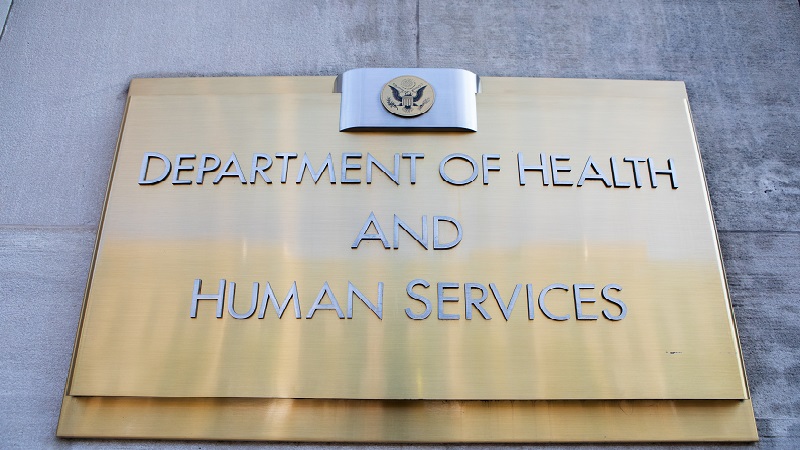
The Department of Health and Human Services (HHS) Office of Inspector General (OIG) receives only a very small portion of the overall HHS budget, so the office is turning to AI to serve as a “workforce multiplier.”
During an AI and automation workshop hosted by NextGov today, HHS OIG Chief Technology Officer Nicole Willis explained how HHS OIG receives about two cents in funding to every $100 that HHS receives.
“Given that we operate with limited resources, as many government agencies do, we really are looking to take advantage of leveraging automation, AI, really to kind of enable and become a workforce multiplier for our workforce,” Willis said.
“There are a lot of opportunities to have AI augment the expertise of our professional staff,” she continued. “We’re not looking at it as a replacement. It’s really going to be part of the solutions that will support and enable our staff and really help us to provide more valuable oversight work to all of the HHS programs.”
With a comprehensive portfolio of IT solutions, Willis said that HHS OIG is looking to provide AI capabilities that can integrate and build into those solutions.
“Among the key opportunities we have as an organization as we look to augment the productivity of our staff is the use of natural language processing capabilities,” added Keith Bocian, chief data scientist at HHS OIG. “Our flagship AI solution in this regard is the contracting Grants Analytics Portal, which has been in production since 2018.”
Bocian explained how this portal “facilitates a review of the unstructured side” of A-133 audit reports, saving staff a lot of time. Without this tool, he said HHS OIG auditors or investigators would have to sort through hundreds to tens of thousands of pages of documentation.
“We’re similarly working on the development of a text analytics portal,” Bocian said. “There, our initial focus is hotline and whistleblower data. It does have a cloud-based architecture, and we’re looking to leverage the lessons we learned in pursuit of visualizations of our hotline whistleblower unstructured data for other datasets of importance in our organization.”
He went on to say that this AI journey is a learning process, and his office is “learning as we go” in partnership with the HHS’ Office of the Chief Information Officer and Office of the Chief Data Officer.
“Given the limited resources we have relative to the scope of the mission – two cents for every $100 – our focus is on augmenting the productivity of our workforce, and we want to do so in a way that is cost-effective,” he concluded.
